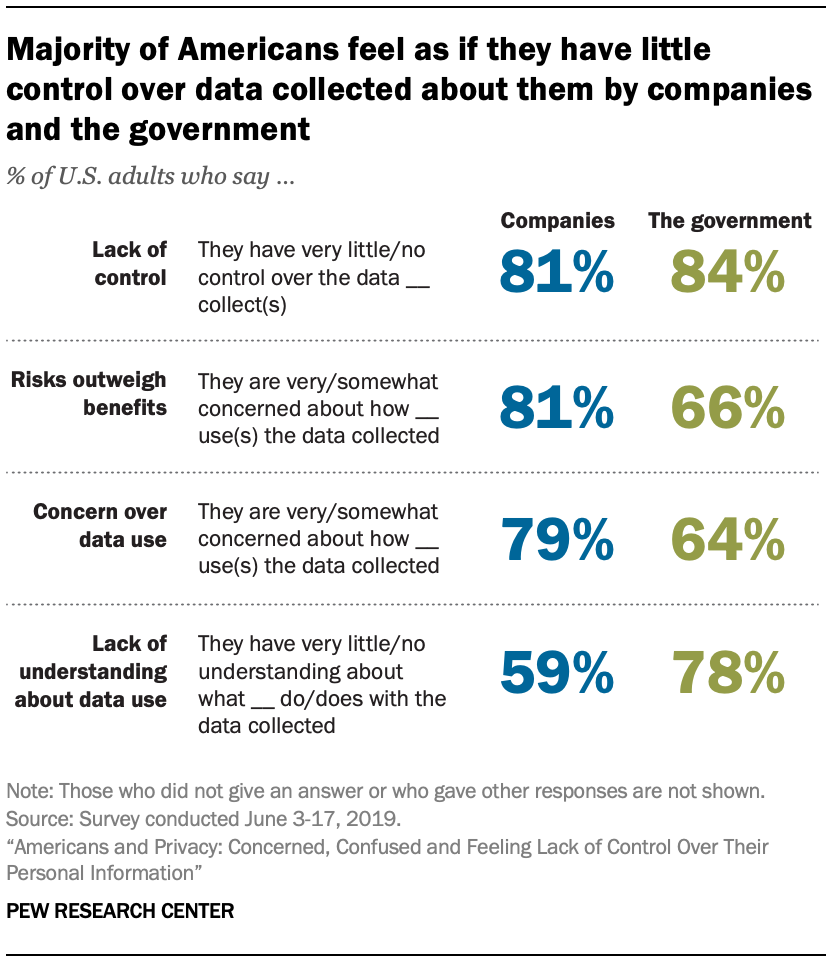Hackers didn’t waste any time and have started hijacking Disney+ user accounts hours after the service launched.
Many of these accounts are now being offered for free on hacking forums, or available for sale for prices varying from $3 to $11, a ZDNet investigation has discovered.
A stream of user complaints
The Disney+ video streaming service launched this week, on November 12. The service, although being available only in the US, Canada, and the Netherlands, has already amassed more than 10 million customers in its first 24 hours.
The Disney+ launch was marred by technical issues. Many users reported being unable to stream their favorite movies and shows.
But hidden in the flood of complaints about technical issues was a smaller stream of users reporting losing access to their accounts.
Many users reported that hackers were accessing their accounts, logging them out of all devices, and then changing the account’s email and password, effectively taking over the account and locking the previous owner out.
Source: Thousands of hacked Disney+ accounts are already for sale on hacking forums | ZDNet
Aside from traditional cable, which remains a must for any sports fan at the absolute least, there now exist more than a half-dozen prominent streaming services (and lots more small ones), all filled with a couple of buzzy shows, some old favorites, and endless filler crap that makes the library of content seem more valuable than it is. And if keeping up with the Emmy-nominated offerings of services like Netflix, Hulu, and Amazon Prime didn’t already feel like a financial strain, the launch of Apple TV+ and the fawned-over premiere of Disney+ might have done it.
By my count, if you want to watch shows on HBO, Apple TV+, Disney+, CBS All-Access, Amazon Prime, Hulu, and Netflix, it’d run you $60.93 a month or $731.16 a year, and that’s before factoring in a standard cable package for live events and other shows, or the other streaming services sure to launch in the near future. (NBC’s got one coming down the pike.)
[…]
Instead of letting viewers just pay for the stuff they watch, they’re forced, instead, to choose between equally flawed packages where the fun and/or high-quality shows get bundled with pointless crap that jacks up the price. Unlike Spotify and its clones, which include essentially all the music a person could want, one relatively cheap subscription to any Movie/TV streaming service doesn’t give you access to more-or-less the entire history of moving pictures. And unlike Spotify and its clones, which have caused a massive downturn in music piracy, the shows on all these platforms are ripe for stealing.
[…]
A simple glance at torrent websites shows that plenty of people are stealing from the brand new steaming services—episodes of The Mandalorian and Dickinson all have hundreds or thousands of seeders and are among the most popular shows on torrent sites. I reached out specifically to Disney, Apple, and Netflix to ask what their policy was on going after pirated content, and haven’t heard back, but it’s obvious that these companies assume that at least some of their viewers aren’t paying the full price for their services. Given that you can watch as many as six simultaneous streams with Apple TV+, and four with Disney+ and the top Netflix package, the more common form of piracy—password sharing—is built into the system.
Source: Disney + and ‘The Mandalorian’ Are Driving People Back to Torrenting

